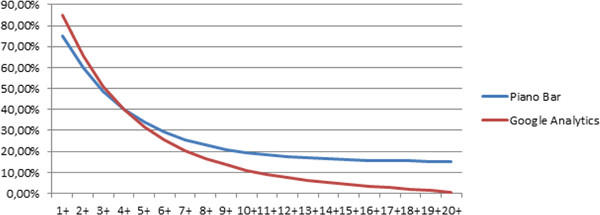9 criteria for driving business results with analytics in 2022
Even before Google sent brands and publishers slow-walking to wean themselves off third-party cookies back in early 2020, both the buy- and sell-side had a data problem.
The issue has been that publishers and brands have historically managed audience data in siloed systems. Therefore, critical information surrounding ad revenue, subscriptions, content engagement, and customer profiles is all stored separately.
However, to create truly relevant experiences for consumers, any digital businesses must be able to tie all this data together in privacy-compliant ways to achieve a full picture of the customer journey. The IT department no longer governs data and analytics to the degree that it once did. So, commercial teams like marketing, sales and finance now have the opportunity to more heavily influence these areas than ever before.






